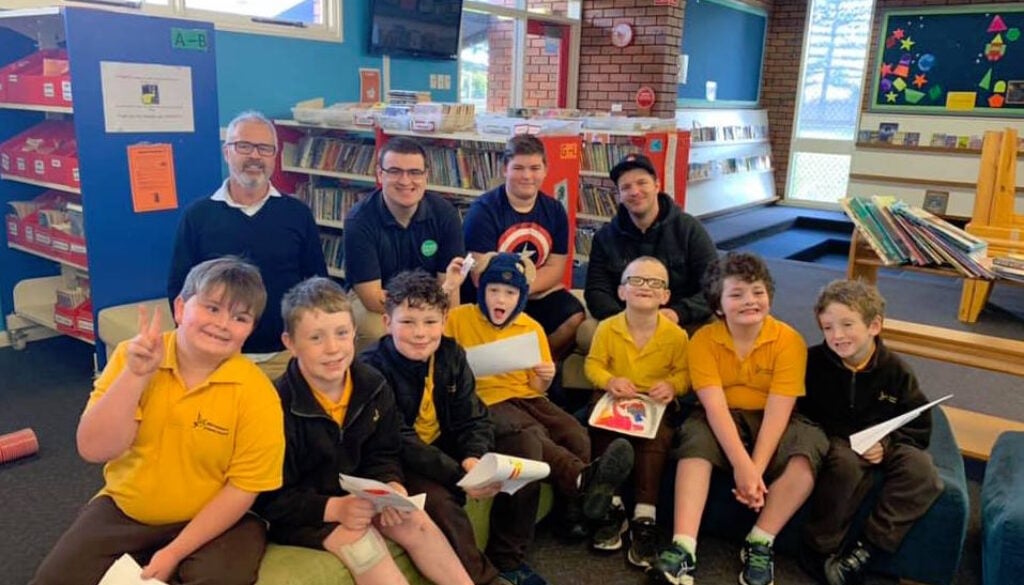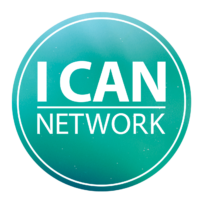WATERSHED MOMENT FOR VICTORIAN STUDENTS WITH A DISABILITY
The Victorian Government’s recent announcement of its $1.6 billion Disability Inclusion package, which will phase out the Program for Students with Disability funding bucket, is a watershed moment in State education.
The Program for Students with Disability has been a restrictive funding model which has required parents to cloak their child with deficit labels such as ‘severe behaviour’ to receive essential support in a government school. A diagnosis or disability was not enough.
The Program for Students with Disability, or ‘PSD’ as it is known, has been an exhausting and painful process for all layers of the system behind a child’s education. Parents have had to campaign for their child to satisfy negative criteria. Principals have had to be extremely creative to support students with disability who did not meet the criteria.
Recently I watched a Dad become rightly emotional when he spoke about how hard it was to be forced by the system to portray his son in a negative light. As a Dad myself, I can understand the pain this would cause any parent.
Today, on International Day for People with Disability, we can celebrate that Victoria’s education system will be pivoting to support students with a disability based on their strengths, aspirations and needs. This pivot, away from funding ‘severe behaviour’, ‘severe language’ and ‘severe emotional needs’, whilst long overdue, is nonetheless nothing short of epic.
As the founder of I CAN Network, an Autistic-led mentoring program built for groups of Autistic students in schools, I have found the PSD enormously frustrating. I CAN Network emphatically welcomes the Disability Inclusion package and the phase out of the PSD.
I am Autistic and the product of good government schooling. I went to a government school Wantirna College which was blessed with a Head of Junior School Christine Horvath who was supported by her principal Terry Bennett to build up my confidence through highly structured student activities.
My issue at school was anxiety. Christine Horvath gave me an overwhelming level of control over my school experience to reduce this anxiety and increase my connection with school. When she died in 2005, I reflected back on all of Christine’s steps with me and it was these steps that provided me with the framework to create I CAN Network’s school mentoring program.
You can imagine my disappointment in 2014 when my team and I learnt that the program I had dreamed of, and which we had co-designed together, was years ahead of the PSD funding system which was necessarily inflexible despite being built for students who required flexibility.
The pain around the PSD has left a trail including a widespread Review of the Program for Students with Disability in 2016. My team partners with 46 Victorian government schools. We know first-hand the stories behind the 44% of Autistic students in secondary school who have had to move school because they were not supported (Amaze, 2017).
Changing the funding model and achieving the Disability Inclusion package has required care. There have been government-led consultations with schools and non-government organisations to reform the PSD. Case studies such as Queensland’s Every Child with a Disability Succeeding outcomes and its Autism Hub and Reading Centre have been embedded. An initial pilot called the ‘Functional Needs Assessment’, which has been delivered across 100 government schools since 2018, has been well received.
Within the package, the Functional Needs pilot has now been launched as a ‘Disability Inclusion Profile’. This Profile, together with the announcement of a Diverse Learners Hub, are the signature initiatives of the Disability Inclusion package. The Profile will guide parents and school teams through a productive and positive strengths-based discussion to determine the personalised support which a student requires.
Significantly, the package will deliver school-level funding and universal funding to equip a school with resources to invest in teachers like Christine Horvath, and programs, so that schools have what they need to increase students’ connection with school.
As part of the package’s Autism education strategy, I CAN Network has been entrusted with the responsibility of engaging Autistic students from 100 government schools in our mentoring program up until 2023. We take this responsibility very seriously and will be partnering with an independent evaluator to ensure the community knows we are delivering on our promise.
To make this reform durable, the phase in of Disability Inclusion will be staged to ensure the reform achieves its goals and that its subjects – school staff, parents and students – have a voice in the implementation.
Today is a watershed moment for Victoria’s students with a disability. The education system is signalling that it proudly embraces students with a disability for who they are.
Chris Varney is Chief Enabler of I CAN Network and National Patron of the Australian Association for Special Education
Chris’ mobile: 0432 405 384




